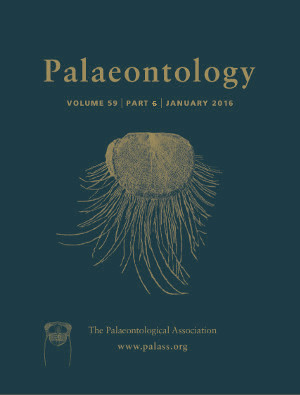Reg. Charity No. 1168330

Latest Precambrian to Early Palaeozoic biosphere evolution triggered changes in early diagenesis and carbonate precipitation which fed back to biodiversity through colonization of hard substrates. Progressive increase in the depth and intensity of bioturbation and bio‐irrigation lowered the zone of early carbonate cementation in the uppermost sediment column. This firstly led to a decline in the abundance of the flat‐pebble conglomerates which had been a common feature of Cambrian and Early Ordovician successions, replaced by the peak and subsequent decline in the Palaeozoic abundance of submarine hardgrounds. The availability of very widespread lithified sea floors in shallow subtidal settings during the Ordovician promoted a rapid expansion in sclerobiont diversity and contributed to the Great Ordovician Biodiversification Event.